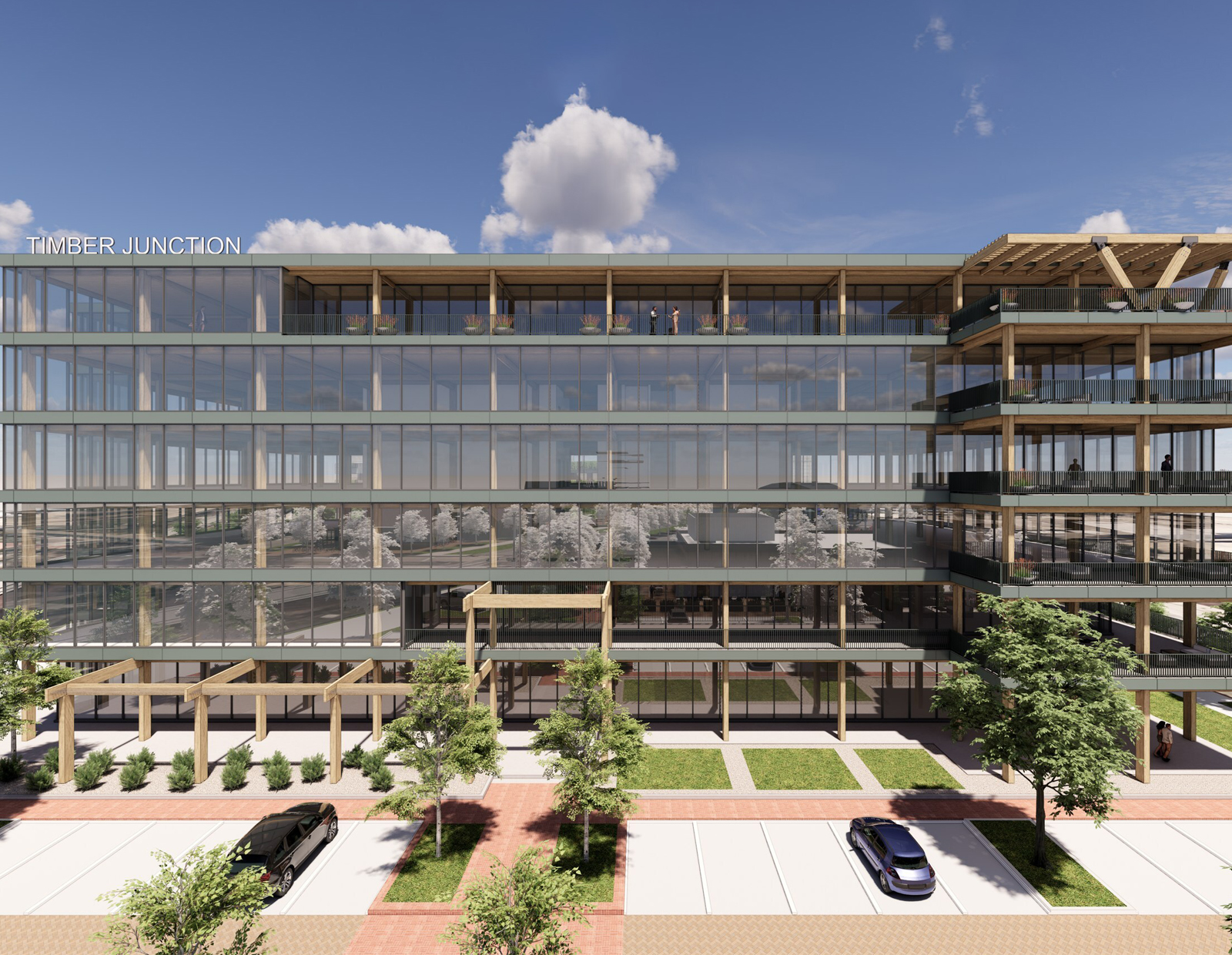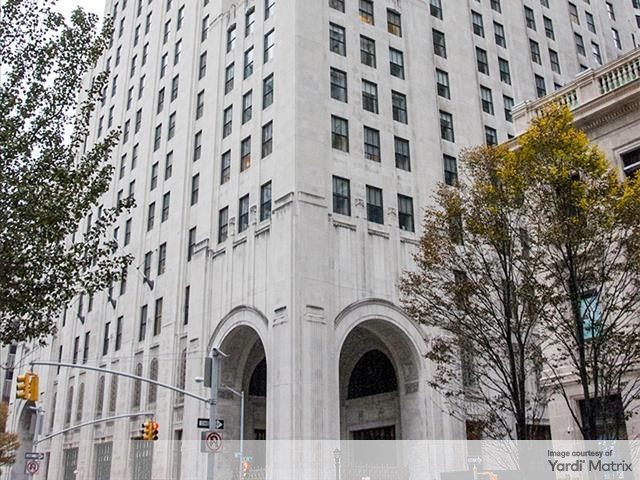Economy Watch: Most Metro Areas See Declining Unemployment
Low unemployment isn't just reflected in a national number. The vast majority of U.S. metros have low unemployment, according to the Bureau of Labor Statistics.
By D.C. Stribling
Unemployment rates were lower in May 2018 than a year earlier in 350 of the 388 U.S. metropolitan areas, higher in only 20 areas, and unchanged in 18 areas, the Bureau of Labor Statistics reported on Wednesday, June 27. Ninety-six areas had jobless rates of less than 3 percent—the national rate is currently 3.8 percent—and a mere two areas are suffering unemployment rates of more than 10 percent.
Farmington, N.M., had the largest year-over-year unemployment rate decrease in May, down 2.2 percentage points. Another 52 metro areas had rate declines of at least 1 percentage point since a year ago. The largest year-over-year unemployment rate increase occurred in the Morgantown, W.Va., metro area (up 0.8 percentage points).
Ames, Iowa, enjoyed the lowest unemployment rate in the nation among all metro areas in May, coming in at 1.5 percent, which is essentially full employment. Yuma, Ariz., had the highest unemployment rate, at a deep-recession-like rate of 16 percent. A total of 191 areas had May jobless rates below the U.S. rate, 175 areas had rates above it, and 22 areas had rates equal to that of the nation.
Of the 51 metropolitan areas with a 2010 Census population of 1 million or more, the following—Denver-Aurora-Lakewood; Minneapolis-St. Paul-Bloomington; Nashville-Davidson-Murfreesboro-Franklin; and San Jose-Sunnyvale-Santa Clara—had the lowest unemployment rates in May, 2.3 percent each. Cleveland-Elyria, Ohio, had the highest jobless rate among the large metro areas, at 4.9 percent.






